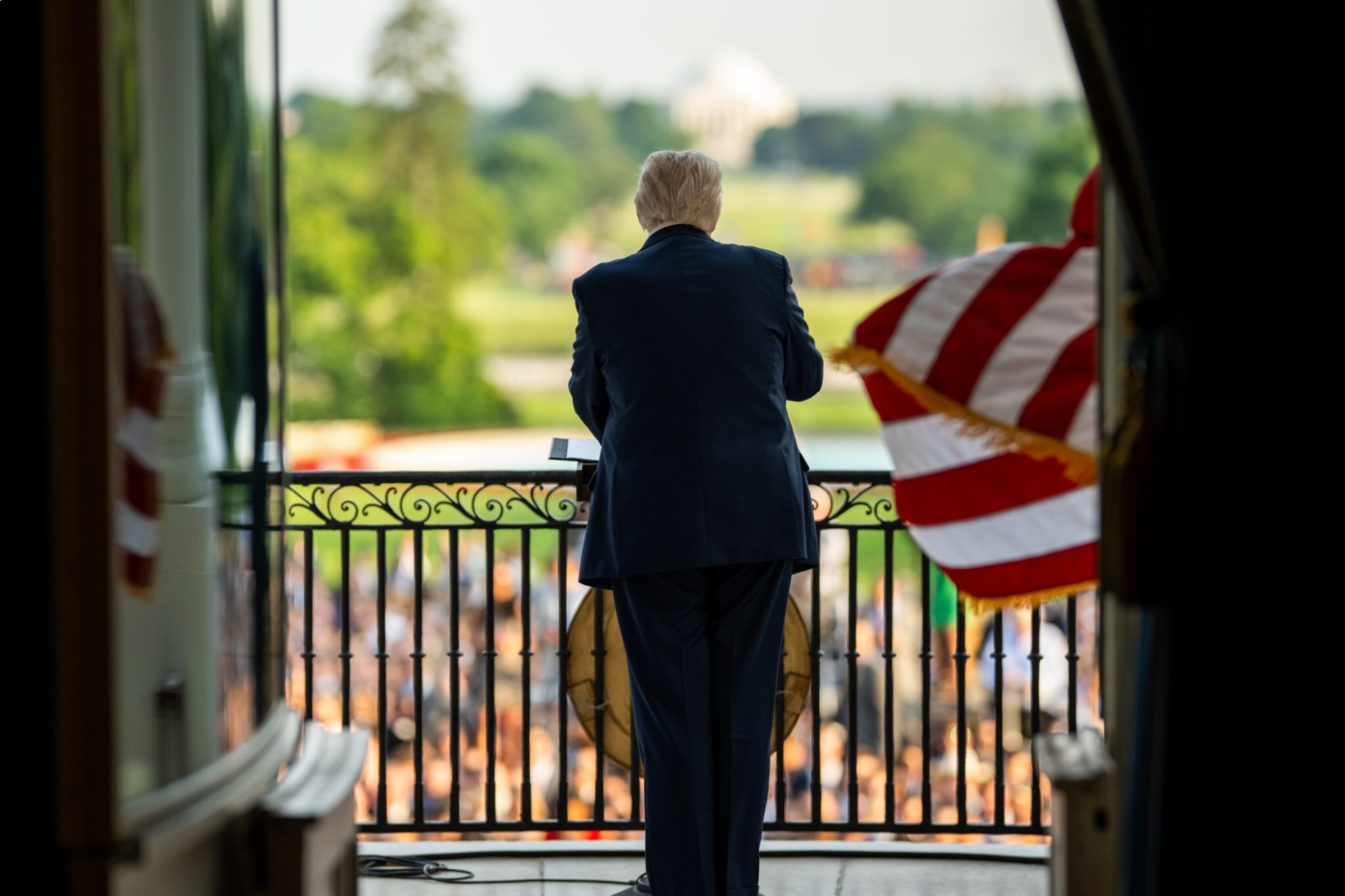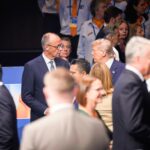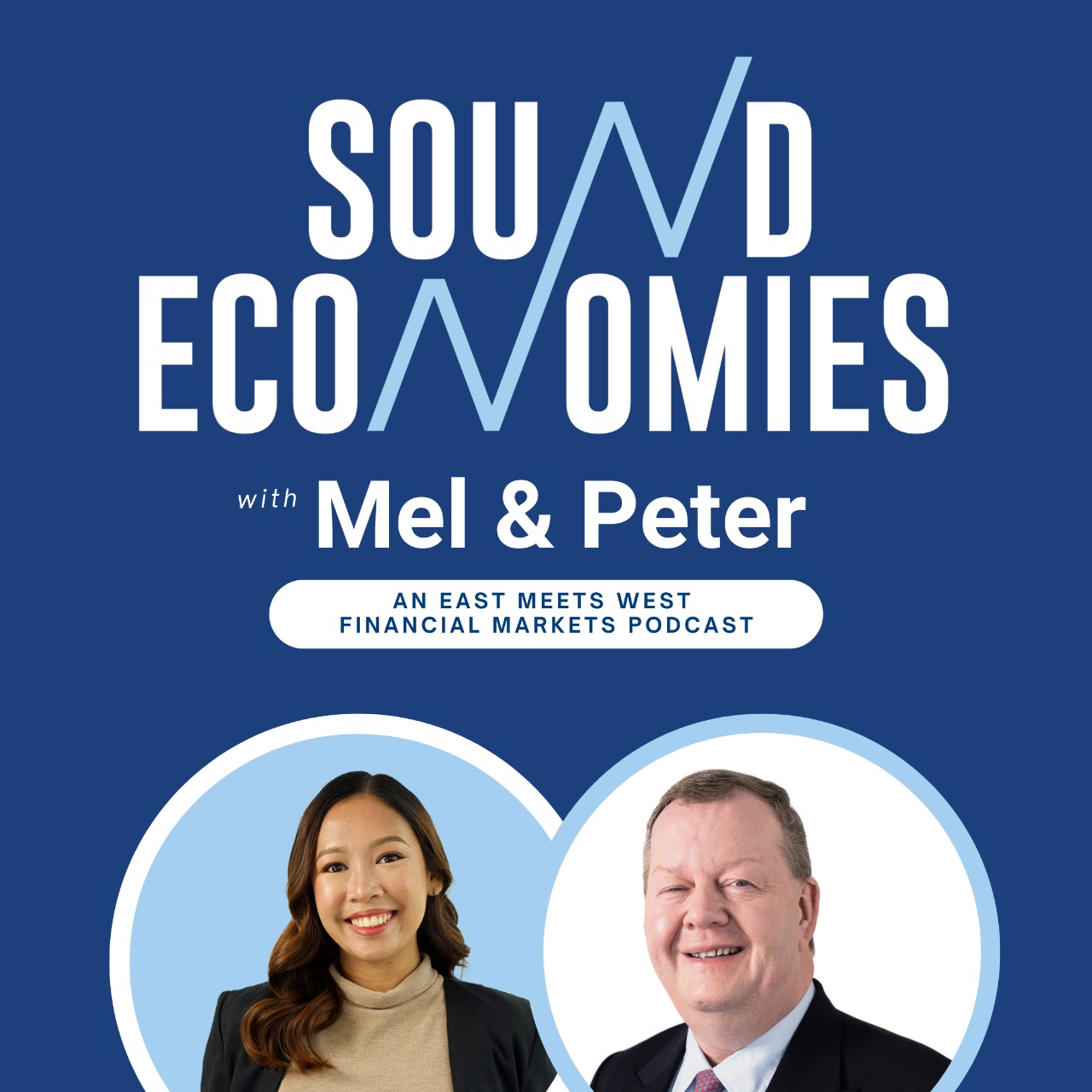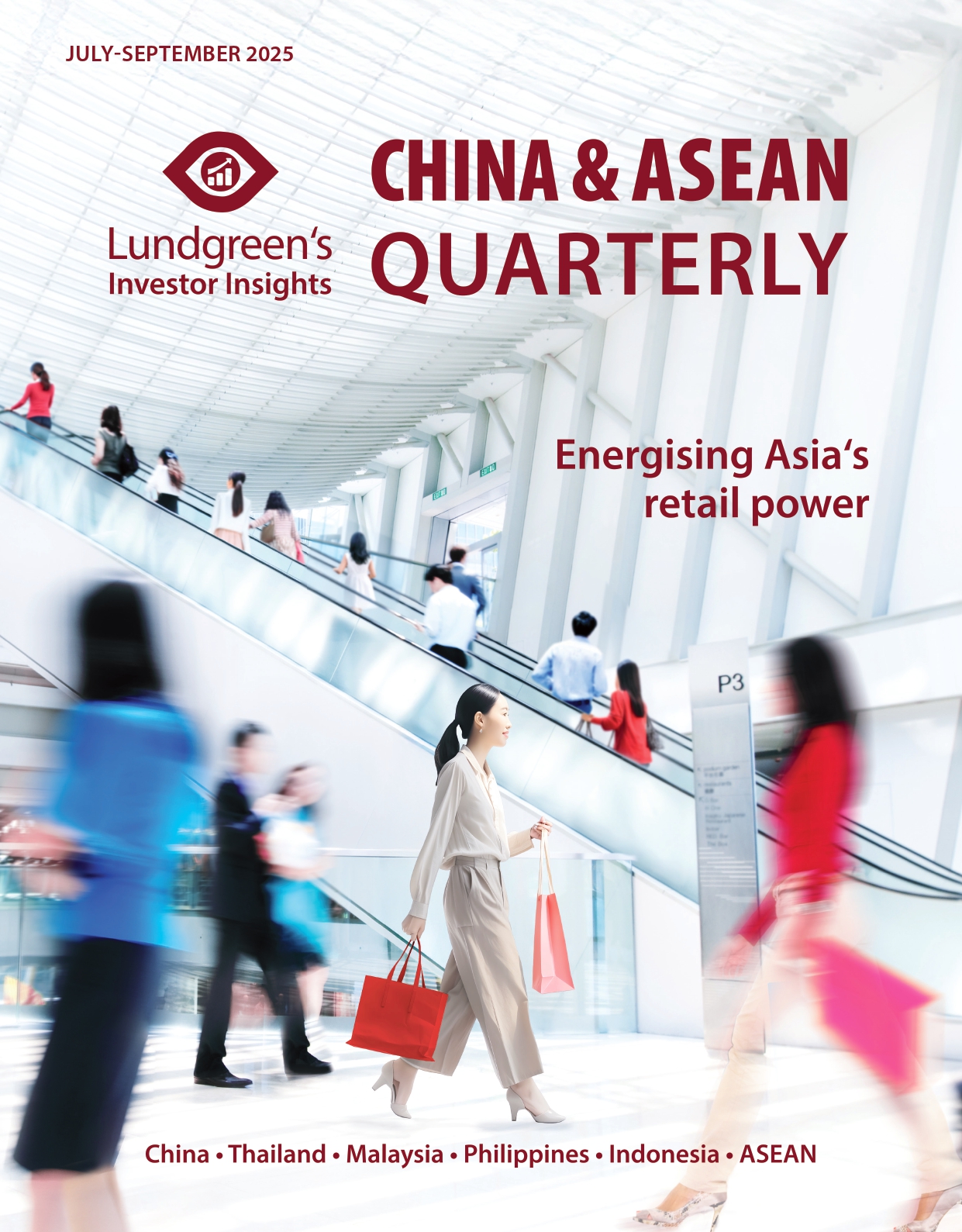Tariffs backfire on the US in a grand manner
The US is learning a lesson the hard way as the intensified tariff war it waged against China and the rest of the world has inflicted more pain at home relative to its targets.
The current Trump administration sought to penalize its trade partners – virtually the rest of the world – for running a trade deficit against America. President Donald Trump ran under this campaign, which he initially branded as patriotic, but is clearly leaving the domestic economy worse off so far into 2025.
Trump’s inward-looking trade policies have hurt the US itself more than any other nation. Domestic GDP shrank by 0.5 per cent in the first quarter, pulled down by a surge in imports as companies front-loaded shipments ahead of higher tariffs on foreign goods. A 3.3 per cent rebound was recorded in the succeeding quarter, but the economy is not as resilient as it appears to be: a sharp drop in imports masked the impact of slowdowns in private consumption and investment.
In comparison, China, the biggest trade partner in Trump’s crosshairs, managed to grow by 5.3 per cent in January-June despite initially being subject to a whopping 145 per cent duty on Chinese imports until a truce had been reached between Beijing and Washington. It appears then that the US created more problems than solutions by escalating a tariff war against global partners.
Bound for stagflation?
Compounding the challenge is the need for US policymakers to steer the economy away from the dangerous path of stagflation – the bad mix of slow to no economic growth, high unemployment, and high inflation. It certainly does not help how Trump has been waging a public word war against the Federal Reserve to pressure the supposedly independent monetary authority to reduce interest rates even when inflation has stayed elevated. After all, it is no surprise that the tariffs are translating to higher retail costs borne by consumers.
Following a series of big-time rate cuts in 2024 that placed interest rates at a two-year low, the Fed has not budged so far into 2025. Fed Chair Jerome Powell has admitted that they would have cut rates already if not for the immense market uncertainty triggered by Trump’s oversized import tariffs. The stalemate has persisted as of July, triggering even more jitters in an already volatile landscape. As a result, consumer confidence struck its lowest in three years in April-May 2025, as shown in Graph 1.

Following three straight months of a cooling job market, we think a 50-basis-point cut from the Fed is warranted by September or else the US risks being behind the curve. The trade-off, however, is that Americans must live with higher prices for longer.
Consumer optimism recovered in June after Trump announced a 90-day pause in implementing sky-high import duties on major trading partners. However, sentiment could turn sour again if negotiations are unable to pull down tariffs. A deal with China remains in question as they enter a prolonged truce until November.
Decoupling from the US
US stocks managed to escape from the dreaded bear market after a brief episode in April provided some relief, albeit short-lived.
While US equities may have rebounded from record lows in reaction to news of Trump’s hefty tariffs, this does not capture the long-term blow to investor appetite. In April, we at Lundgreen’s Capital downgraded our rating for US stocks from “overweight” to “neutral”, reflecting our reduced optimism. We are not alone in providing this investment advice as we have seen other portfolio managers move away from US investments in favour of emerging markets. One example is the record sale of emerging market bonds tallied in the first half of 2025 worth an estimated USD 190 billion. These are seen to offer good profit margins against placements in the US stock market as they avoid the sharp fluctuations in onshore share prices.
The highly disruptive nature of the intensified trade war has also pushed yield spreads higher in the bond market. As shown in Graph 2, yields on 10-year US Treasuries have surged over the past seven months to extend the gap relative to 2-year debt notes as bondholders demand bigger returns for putting up with the level of uncertainty surrounding the US economy.

Diversification has always been the mantra for investing – except currently, market players are generally moving away from the US in search of better yields. Elevated interest rates should have made US assets more attractive, but even the prospect of competitive yields is not enticing enough to offset the heightened uncertainty from trade policy turbulence. Instead, it appears that investors would rather forgo the marginal gain they could squeeze from US investments rather than be left lost and confused by Trump’s push-pull rhetoric. As a result, bonds issued by governments and corporates elsewhere, particularly in the Middle East and Africa, have become hot commodities for cash-rich investors in search of better margins. This capital flight is far from what Trump had promised in his push for protectionism. Further, this trend would be hard to reverse as new trade agreements with most partner countries have not been reached within the hiatus period.
Instead, there is now stronger interest towards investing in Europe and better appetite towards China and emerging Asia. At Lundgreen’s, we currently prefer investments towards privately held European startups, particularly in the defence sector, as well as in high-growth industries like high-tech manufacturing in China and Southeast Asia.
For investors choosing to stick to US assets, we recommend holding on to medium-term debt to avoid the sharp and steep fluctuations for longer tenors in the fixed income segment, and we stay neutral towards equities. As the fate of the US-induced tariff war hangs in limbo, heightened nervousness will continue to prevail in the global markets that will leave US investment instruments at a disadvantage.







